Math Concepts

Flat tops and ones-place rules might help kids label numbers as odd or even, but they miss the why. This post shows how to build deeper understanding using the Compare structure and equal group reasoning.
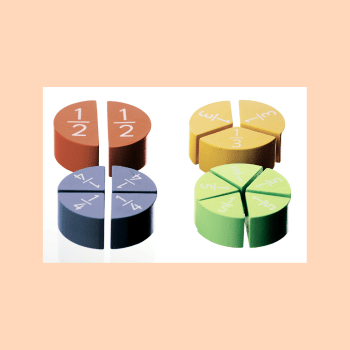
Fractions confuse students not because they can’t calculate but because they don’t truly understand what fractions represent. This article unpacks the most common fraction misconceptions, why they occur, and how teachers can shift from rules to reasoning with stories, visuals, and models.
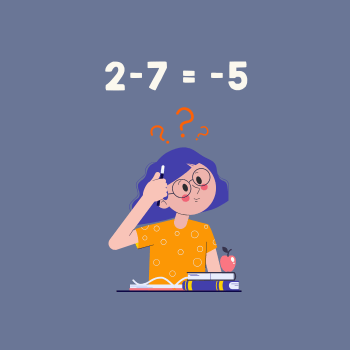
We tell students that adding makes numbers bigger and subtracting makes them smaller, but even in kindergarten, we see examples that don’t fit.
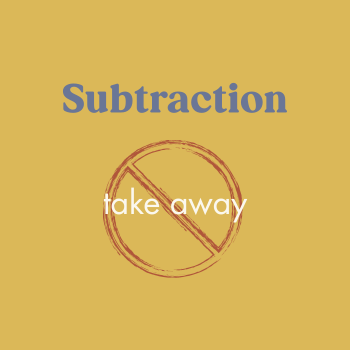
Subtraction isn’t about taking something away. It’s about making sense of relationships. See why “take away” leads to misconceptions and how to shift your language.

“Equal” doesn’t just mean “the same.” Let’s unpack what equal really means in early math, and how to help students make sense of it using concrete experiences, representational models, and clear language.

Struggling with how to teach greater than and less than effectively? Learn why conceptual understanding should come before symbols, how to scaffold comparison work, and when to introduce symbols
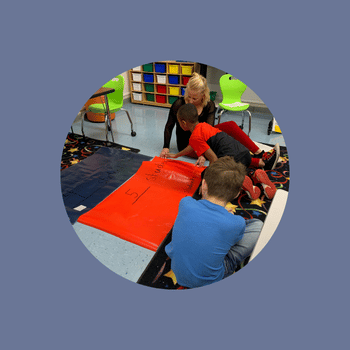
Most kids don’t struggle with math because they can’t do the calculations—it’s because they don’t fully understand how numbers work together. SoE changes that by helping students see the bigger picture: how numbers break apart, how equality actually works, and why units matter.

Two educators. One goal: help students understand word problems. Discover how the Structures of Equality (SoE) framework came to life, and why it works.
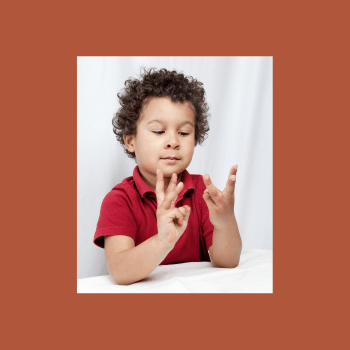
Ever notice students try to sneak counting on their fingers? Many kids have been told not to. Here’s why they actually should.\
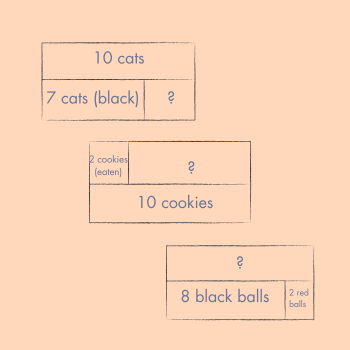
Memorizing math facts to ten is helpful, but understanding them is even better. The Parts Equal Total (PET) structure helps kids see number relationships instead of isolated facts, making math more intuitive.
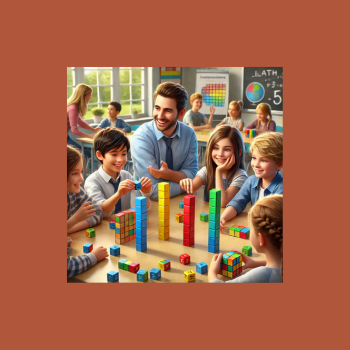
Estimation uses number relationships to build reasoning. Strategies like close comparisons, focusing on ‘less,’ and warm-ups increase problem-solving skills.

The Compare structure helps students make sense of ‘more’ and ‘less’, building sense-making and mathematical reasoning skills.